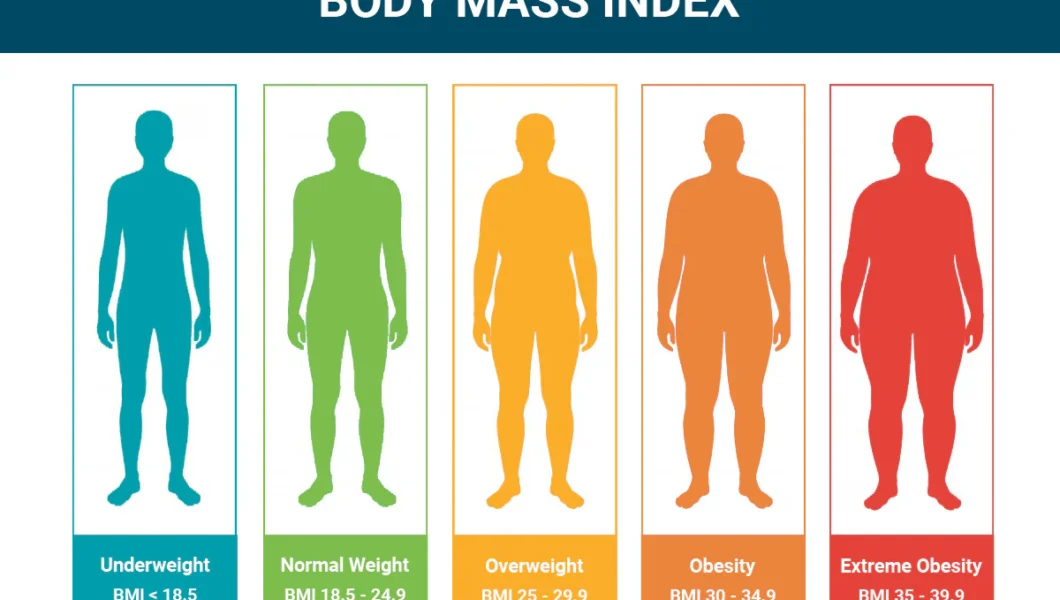Managing Blood Pressure at a Young Age: Why Early Care Matters
High blood pressure (hypertension) is often thought of as a health issue that only affects older adults. But in reality, more and more young people are being diagnosed with elevated blood pressure. Studies show that early-onset hypertension is becoming increasingly common, and the risks are just as serious. The problem is that high blood pressure […]





















